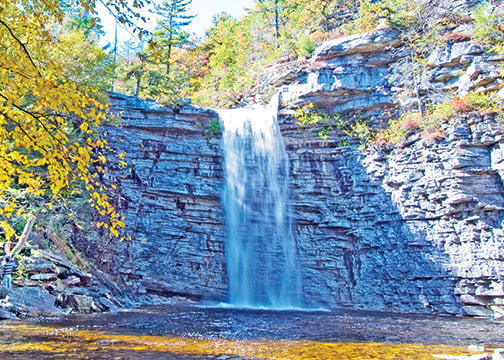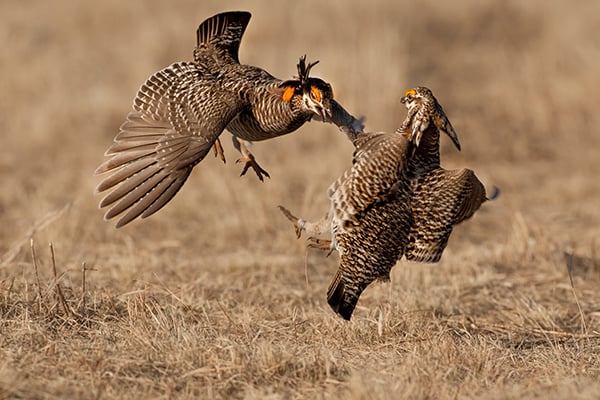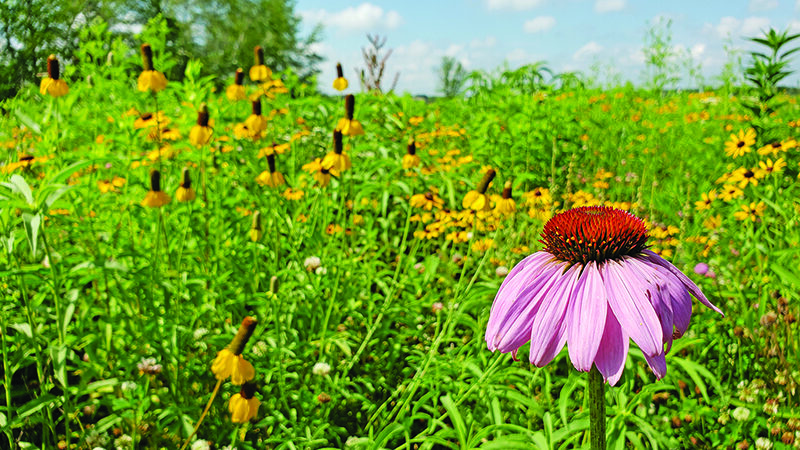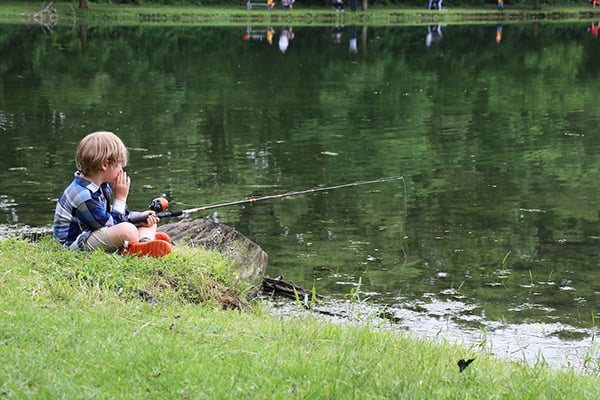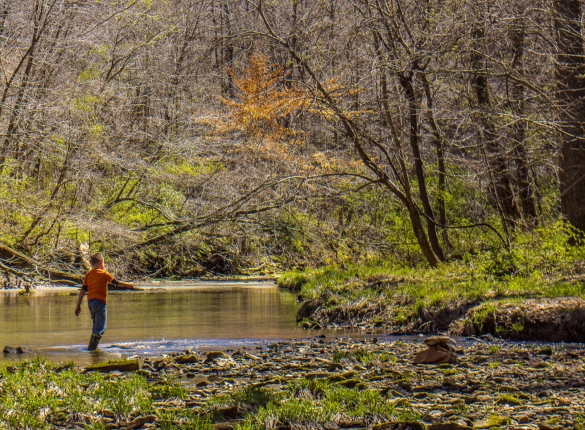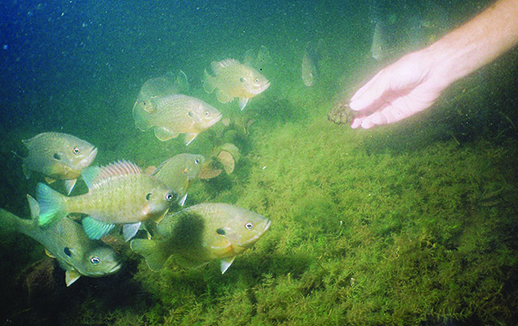Minnesota early teal hunters to see restrictions on Leech Lake, White Earth reservations – Outdoor News
St. Paul — As the Aug. 15 wild rice season opening date approaches, the Minnesota DNR reminds harvesters that rice stands must be ripe before they can be legally harvested.
The DNR also reminds hunters that because wild rice is ripening at the same time as Minnesota’s early waterfowl hunting seasons, over-water waterfowl hunters are urged to be aware of and cautious about wild ricers.
Those who plan to hunt the early teal season on the Leech Lake or White Earth reservations should be aware of hunting restrictions on or near posted rice beds.
Early-season teal hunters may not hunt teal within one-half mile of posted wild rice beds open to harvest within the boundaries of the Leech Lake Reservation during the early-teal season. On the White Earth Reservation, early-season teal hunters may not hunt teal on wild rice beds posted open to rice harvest.
MORE COVERAGE FROM OUTDOOR NEWS:
Minnesota DNR takes a cautious approach to 2024 deer hunting
All waterfowl hunters who plan to hunt within the boundaries of the Leech Lake or White Earth reservations are advised to contact the appropriate reservation for more information: the Leech Lake Division of Resource Management at (218) 335-7400; and the White Earth Division of Natural Resources at (218) 935-2488.
Minnesota’s early teal season is Sept. 1-5, and early goose season is Sept. 1-15.
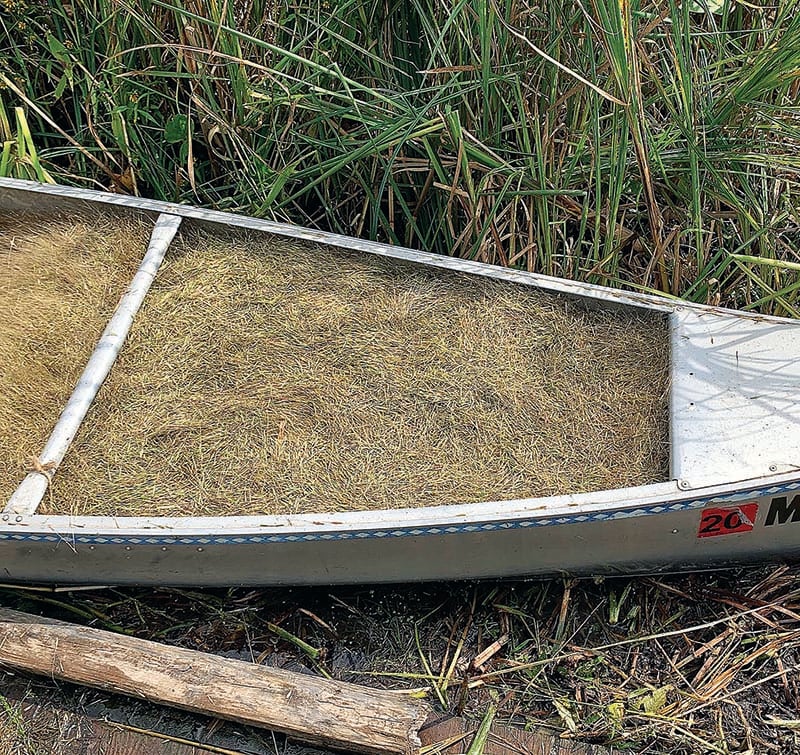
Ricing info
Wild rice harvesters going out during the upcoming season will find challenging conditions throughout much of Minnesota.
“Frequent and strong summer storms created high water levels and washed out many rice beds,” said Ann Geisen, Minnesota DNR wildlife lake specialist. “Overall, rice stands range from poor to average.”
As people consider harvesting, they need to know the regulations that help protect wild rice stands for future years. Harvesters are allowed to take ripe wild rice each year during the harvesting season that runs Aug. 15 to Sept. 30, but Minnesota’s green rice law makes it illegal to harvest unripe or “green” rice, even within the dates of the harvest season.
So, although rice beds might look like they are ready, ricers must make sure the grain is ripe and falling easily from the stalk before attempting to harvest it.
Early reports from Minnesota DNR and tribal biologists indicate poor to average rice stands across central and northern Minnesota, with variable conditions for individual waters.
“Scouting will be essential this year to find harvestable stands of rice,” Geisen said. “One bright spot is that the high water has significantly improved access conditions this year compared to last year. If folks find waters with harvestable rice, the water should be deep enough to launch the canoe.”
The Minnesota DNR has posted a wild rice harvesting outlook report online. The outlook report is available each year on the Minnesota DNR’s wild rice management webpage, along with license, regulation, and safety information. Anyone looking for more information on wild rice in their area can contact their local Minnesota DNR wildlife manager or Shallow Lakes Program specialist.


